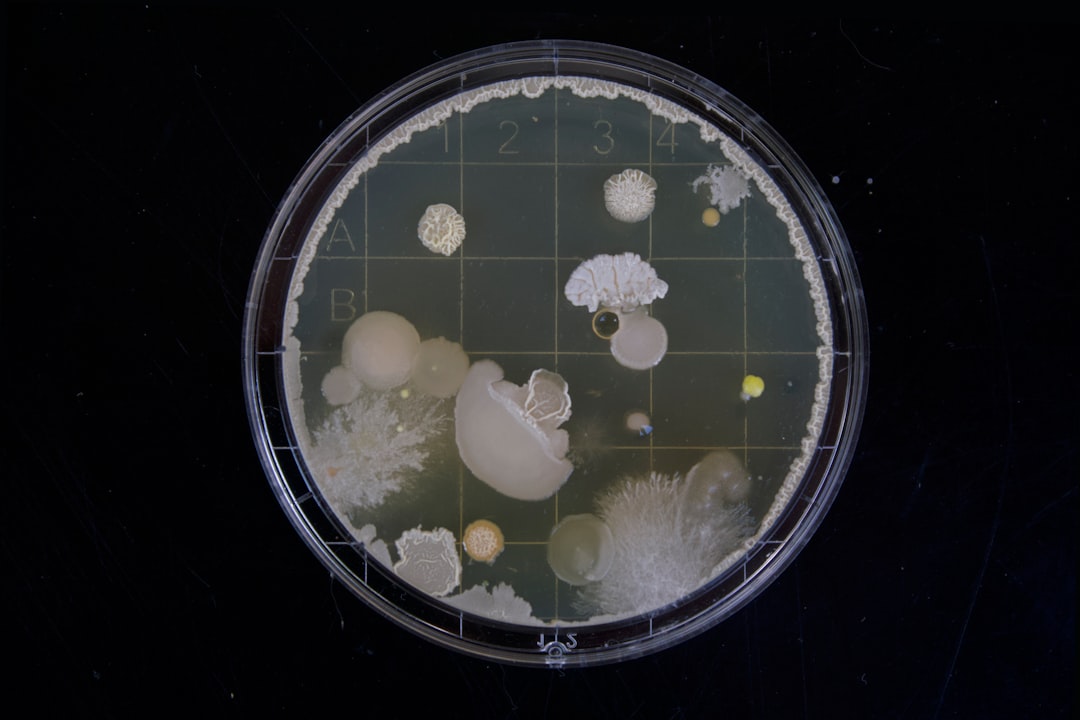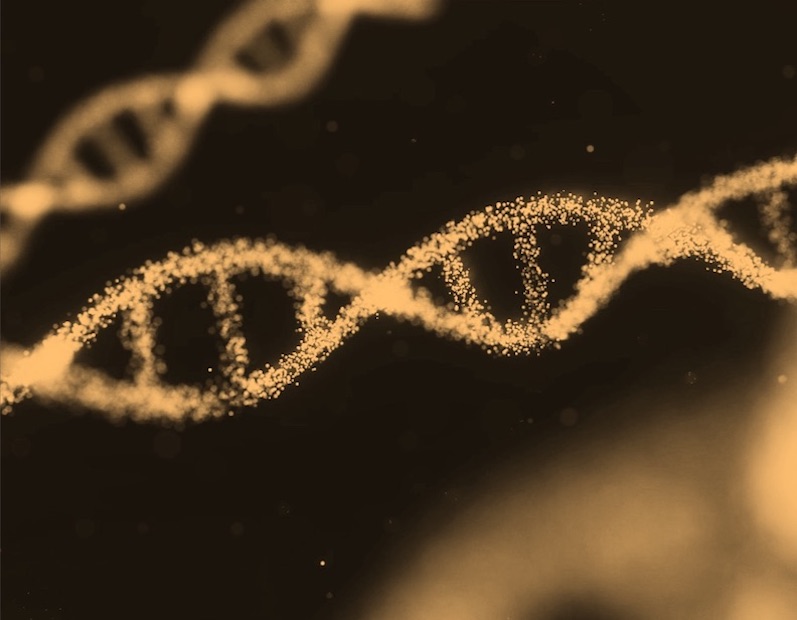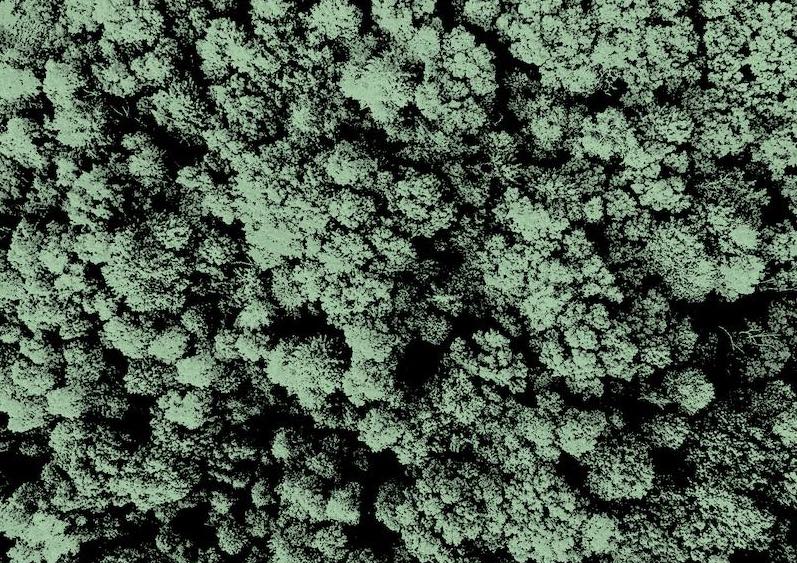What is it about?
In order to examine the phasing potential of the very weak anomalous signal of sulphur (Δf" 0,56 e-) and zinc (Δf" 0,68 e-) atoms using an in-house Cu-Kα radiation source, we substituted the native Cu2+ of pseudoazurin by Zn2+ ion and determined its crystal structure1 by Zn/S SAD phasing at 2.2 Å. To achieve this, Single wavelength Anomalous Dispersion (SAD) datasets have been initially collected with high multiplicity. The lowest, required multiplicity has also been investigated in order to obtain the minimal Zn/S substructure for structure determination.
Featured Image
Why is it important?
The sensitive detector along with the user-friendly data processing software provided very accurate and precise intensities that were sufficient even at unexpectedly low multiplicity (approx. 8-fold) to phase a protein structure employing the weak anomalous signal (Δf" about half an electron) of sulphur and zinc atoms on a home shield tube X-ray source.
Perspectives
This work could be certainly applied to several other protein crystals and provide an accurate, initial phase set to solve the structures.
Dr. Kyriacos Petratos
IMBB-FoRTH
Read the Original
This page is a summary of: Zinc-substituted pseudoazurin solved by S/Zn-SAD phasing, Acta Crystallographica Section F Structural Biology Communications, January 2015, International Union of Crystallography,
DOI: 10.1107/s2053230x14025552.
You can read the full text:
Contributors
The following have contributed to this page










